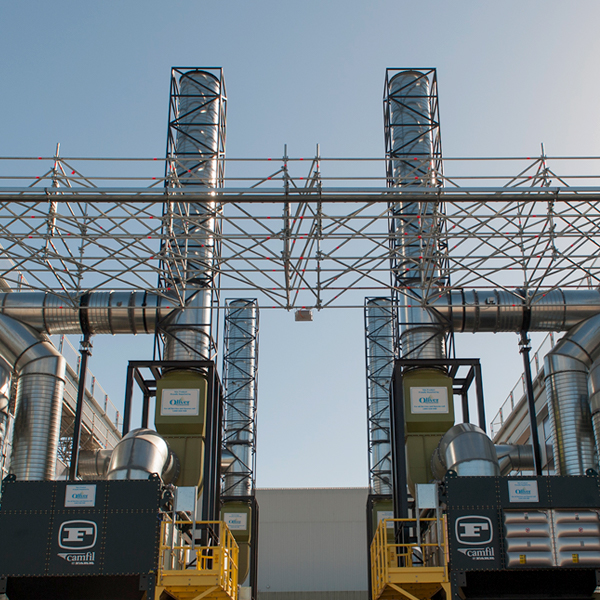Projects
Air Warfare Destroyer
(AWD) Project
Ventilation / Extraction System
Client:
ASC – Air Warfare Destroyer
(AWD) Project
Location:
Common User Facility (CUF),
Osborne, South Australia
Head Contractor:
McMahon Services

Oliver Technologies was the appointed subcontractor for the design and installation of ventilation/extraction equipment within 2 temporary building facilities (measuring 29 x 28 metres) established to enable blast and paint of fabricated ship blocks during construction phase of the AWD. The project formed part of the ASC’s $120 million upgrade of shipyard facilities.
We worked with the Head Contractor to deliver a solution that balanced requirements for the combined blast and paint facilities, designing and installing 2 systems with the ability to operate as a dust extraction unit for blasting operations and a fume extraction unit for painting operations.
Our work was undertaken observing strict site access and hazardous area restrictions, in simultaneous operations with various subcontractors and ASC staff on site.
Oliver Technologies’ vast experience and understanding of the Regulations and Standards applicable for both spray painting and abrasive blasting applications was the reason we were able to provide a solution that met the demands of ASC for this unique blast and paint application.
Technical Solution:
Our solution included:
Design and installation of 2 ventilation/extraction systems within site buildings of approximately 24m wide x 50m long x 14m high.
Installation of 4 Camfil Farr 32 cartridge dust collectors (2 per building).
The dust collectors were ducted to eight (8) exhaust plenum chambers mounted at low level along one side wall of the facility.
A slide up exhaust filter frame was provided to cover each opening when in paint mode and an electric motor drive slides the filter frame up behind a protective shield when in blast mode.
Tube axial inlet fans provided air into the facility when in paint mode to balance the airflow being extracted. These fans were fitted with variable speed drives to ensure the system could be balanced to ensure the pressure in the facility remained slightly negative.
Motorised dampers enabled the extracted air once filtered by the dust collector to be returned to the facility in blast and drying modes.




